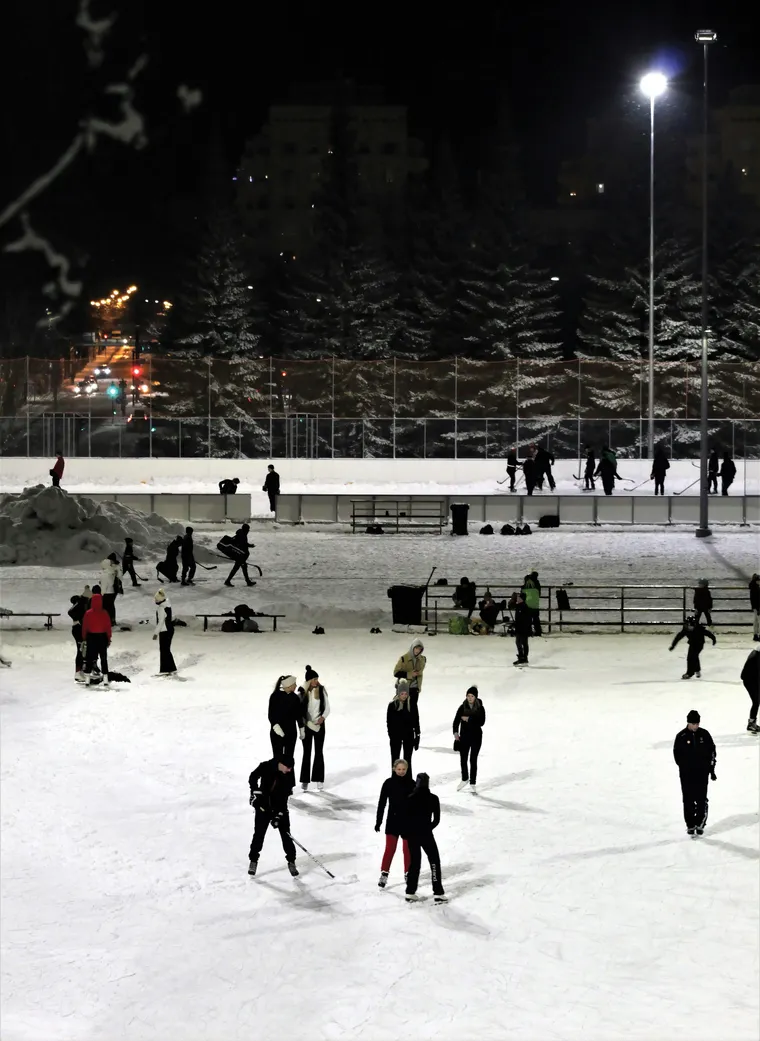What it takes to maintain an ice-skating rink
A beloved and longstanding staple of wintertime recreation, gliding around on knife-strapped boots is an annual must-do activity for families around the world. But while ice skating has been around for an exceptionally long time—scholars think it was developed in Scandinavia around 1000 BCE—manmade ice-skating rinks are a somewhat recent invention, created fewer than 150 years ago.
Since then, thanks to technological advancements, ice-rink construction and maintenance have been fine-tuned to best serve skaters’ needs. But not all rinks are created equal. Depending on the needs of hockey players, figure skaters, or casual rink-goers, and whether the rink is a seasonal outdoor facility, a permanent indoor rink, or a frozen body of water, rink maintenance can look quite different, experts say.

